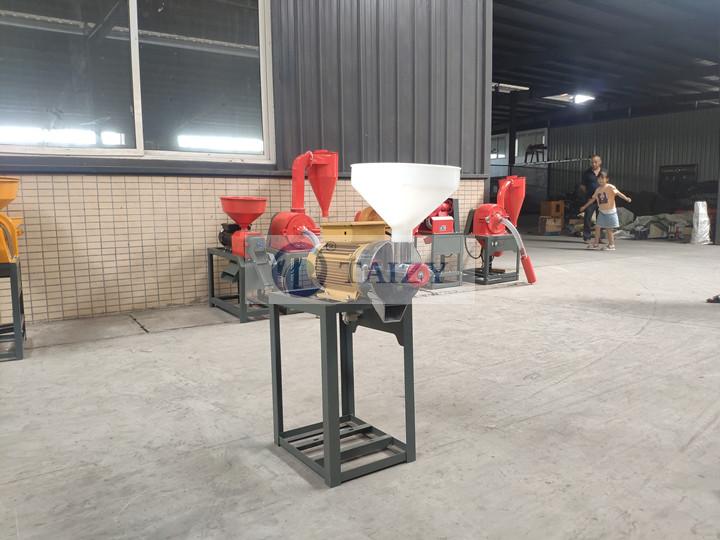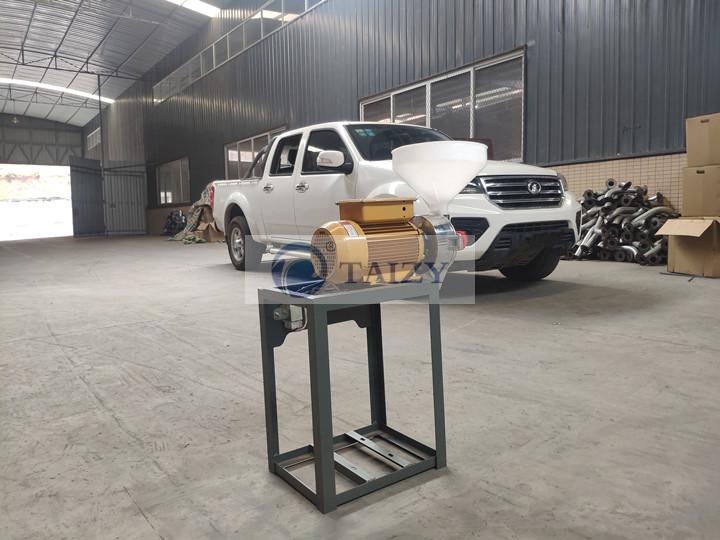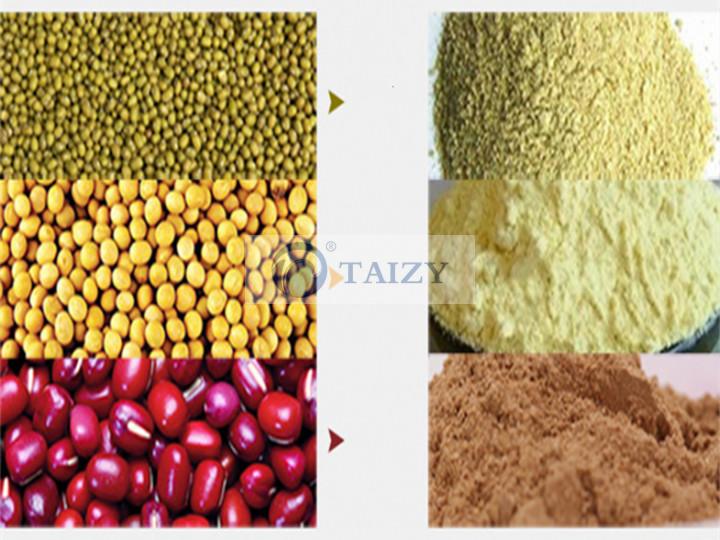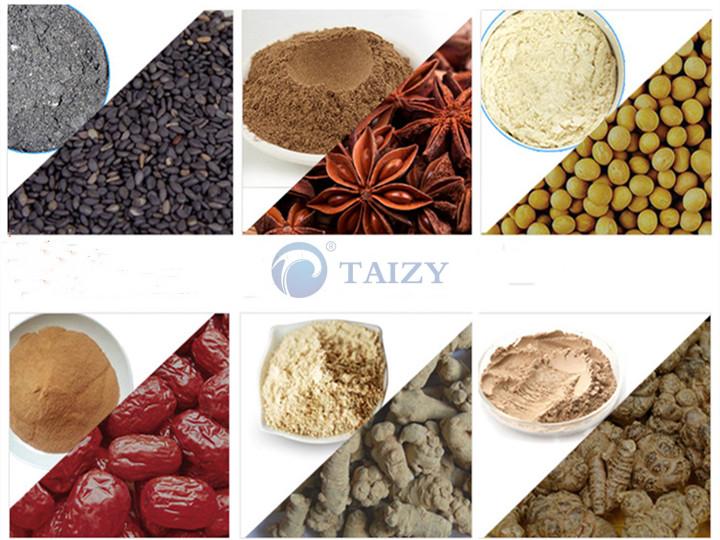Disc crusher is mainly used in laboratories in geology, building materials, metallurgy, and chemical industries. You can use a grain mill grinder to crush medium-hard materials. The disc crushers usually have cooperations with jaw crushers (coarse crushers) or sample grinders (fine crushers) together.
Requirements for the disc crusher
In the disc crusher, the grinding disc is mainly responsible for the crushing function of the material, bears the anti-impact force, so it is easy to wear, and damage. Therefore the grinding disc requires high hardness, wear resistance, and impact resistance.
At the same time, because of the relatively high temperature of the working environment, the temperature is often above 150 ℃ or even higher during continuous operation, so the machine needs good thermal conductivity.
Above all, there are higher requirements for the manufacturing process of the grinding disc, especially the firmness of the alloy grinding head grinding block, whether it can withstand impact dynamic load, whether it is suitable for high temperature working environment, and its wear resistance will all determine the quality of the grinding disc. The main factor that affects the service life of the disc crusher is also one of the main factors that affect the performance of the disc crusher.

disc crusher 
disc crusher
Detailed working process of disc crusher
After the motor is started, the power is transmitted to the belt wheel through the V-belt, which drives the main shaft to rotate, and causes the movable grinding disc and the fixed grinding disc to move relative to each other to produce squeezing and grinding effects, so that the middle of the grinding disc crushes the materials in it thoroughly.
The gap between the grinding discs, such as the size of the handwheel and the spindle can control the discharging granularity. The body, end cover, and upper cover form a working room, and the materials are crushed in the working room. The material is added from the feeding port above the end cover, enters the middle of the two grinding discs. Under the effect of squeezing and grinding, the material is pulverizing. The pulverized sample flows out from the gap between the two grinding discs and falls into the hopper below. The machine has stable performance, low noise, and it is easy to clean.
According to different material processing requirements, its application is also different. There are four crushing processes: rolling, shearing, impact, and grinding. Rolling is suitable for crushing hard and large pieces; shearing is suitable for fine crushing of tough materials; impact is suitable for medium crushing, fine grinding, and ultra-fine grinding of brittle materials; grinding is suitable for fine grinding and ultra-fine grinding of small pieces and fine particles. Fine grinding.
Consequent pictures

result 
consequent
Safe operation
1. After starting, when the standby device reaches normal operation, people can feed the crops evenly and continuously.
2. Pay attention to the speed of the motor, the sound, and the temperature of the bearing during operation.
3. When feeding, the operator should stand on the side of the feeding port, he should tighten the sleeves of the clothes, and he should wear a mask and work cap.
4. When feeding, pay attention to whether the grain has hard objects such as stones, sickles, tool screws, etc., so as to avoid damage to the machine and cause personal accidents.
5. The machine is not allowed to hang belts, oil, clean up and troubleshoot machine.
6. If the following problems are found, the engine should be turned off, and the machine should be shut down for processing. ①The motor is smoking, ②the blockage, ③the crushing quality is not good, ④the bearing is overheated and exceeds 60 degrees.
